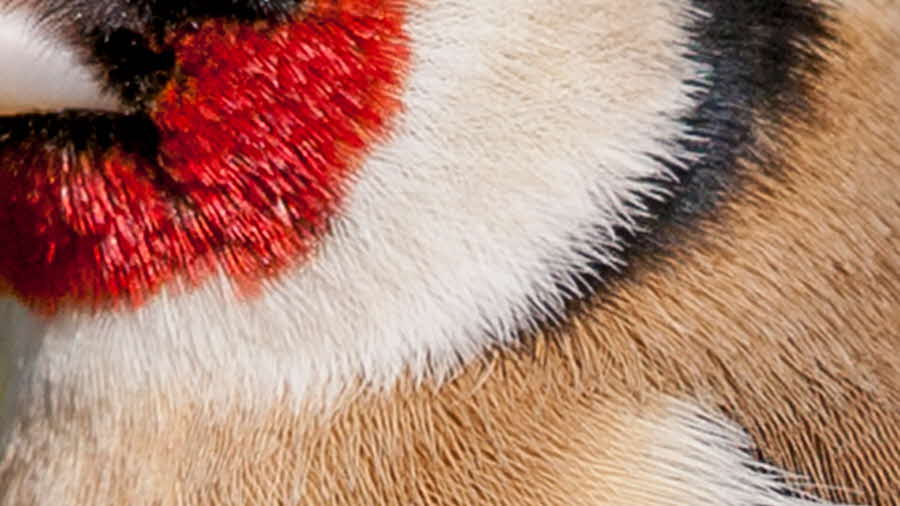Book a Club campsite
Search and book a great value holiday today
Book nowDavid Chapman selects his five favourite Club campsites for successful birdwatching. You could use them as bases for your own twitching adventures…
In the UK we are blessed with a huge diversity of habitats for wildlife spotting. As Club members we are also lucky to have access to plenty of great bases from which to explore, and over the years I have often booked Club campsites for their birdwatching potential. Here I pick out ‘five of the best’ from which I have enjoyed birdwatching across the seasons.
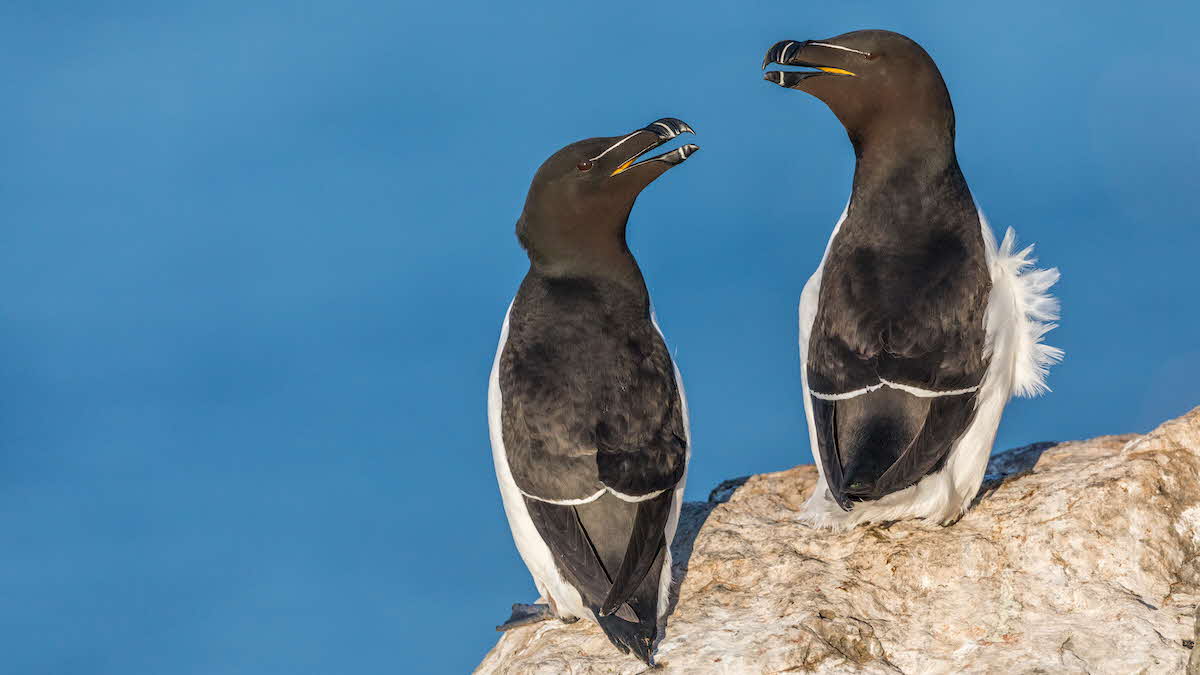 Razorbills can be seen at Bempton Cliffs
Razorbills can be seen at Bempton CliffsWhy not hop on an RSPB cruise departing from nearby Bridlington Harbour? From May to July the Yorkshire Belle sets sail to see the puffins, gannets, razorbills, guillemots, kittiwakes and fulmars at Bempton Cliffs. In August, after most of the seabirds have left, the trips allow you to witness the spectacle of diving gannets as they plunge into the waters to feed on mackerel thrown from the boat. In September ‘pelagic’ cruises see the boat sailing further out to sea to look for migrating seabirds such as skuas and shearwaters. These cruises are popular, so book in advance to be sure of a place – events.rspb.org.uk.
You can also explore the cliffs from the coast path; Bempton Cliffs RSPB reserve is a short drive or cycle from the site and offers vantage points over the North Sea – May to July is best. As well as the usual seabirds, a black-browed albatross, a visitor from the southern hemisphere, has been in residence during the last three summers; hopefully it will be back in 2023.
From the Club site it is a short drive to Flamborough Head. This is one of the best places in Britain to observe migrant birds in autumn, with rarities often found here, particularly when there are easterly winds in September/October.
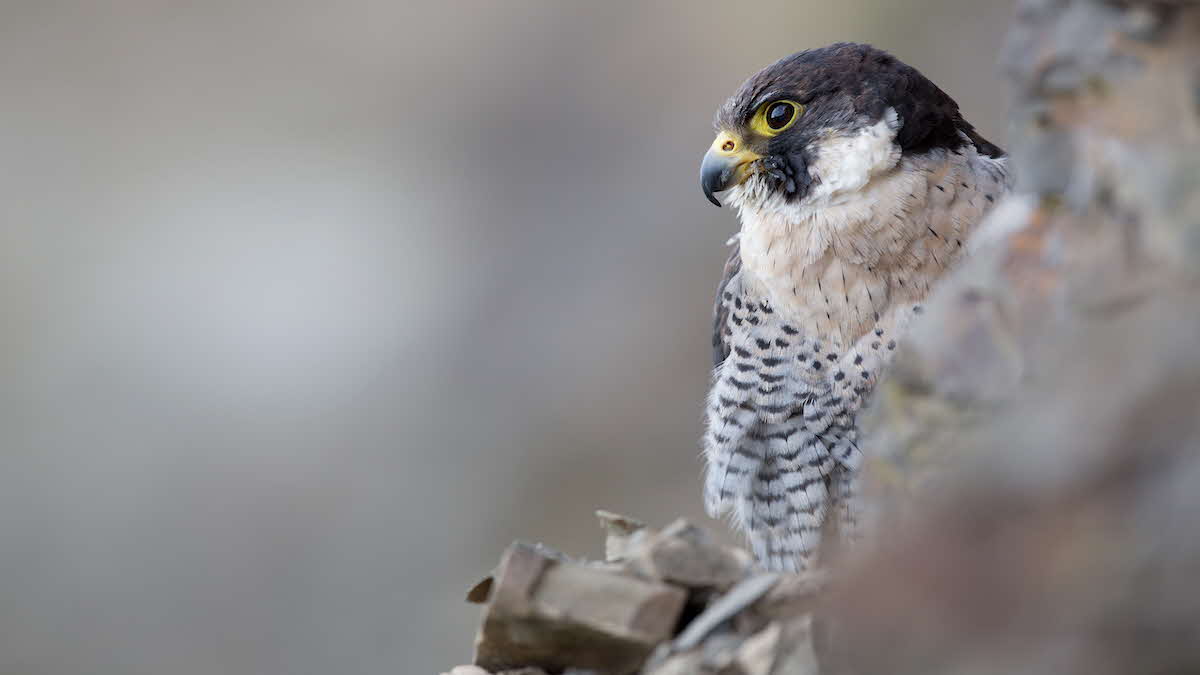 Peregrines can be seen on the rocky cliffs at Godrevy
Peregrines can be seen on the rocky cliffs at GodrevyA short walk from the Club site leads to the dunes, a nature reserve at St Gothian Sands and Godrevy. Best in spring and early summer, the dunes are home to breeding stonechats, whitethroats and skylarks, while at St Gothian Sands there are reed warblers, sedge warblers and wildfowl on the lake. Sand martins nest on the sandy cliffs near the mouth of the Red River, and shags, fulmars, ravens and peregrines can be seen on the rocky cliffs at Godrevy. Kestrels commonly hover overhead. During autumn, the best spot locally is the Hayle Estuary, where you can occasionally spot rarities including curlews, sandpipers, little stints and spoonbills. It is possible to walk from the site along the coast path to Copperhouse Creek, on the edge of the estuary. However, to visit the main estuary drive to the RSPB car park where there is a hide overlooking a saltmarsh; from there it is a short walk to The Causeway and more great views.
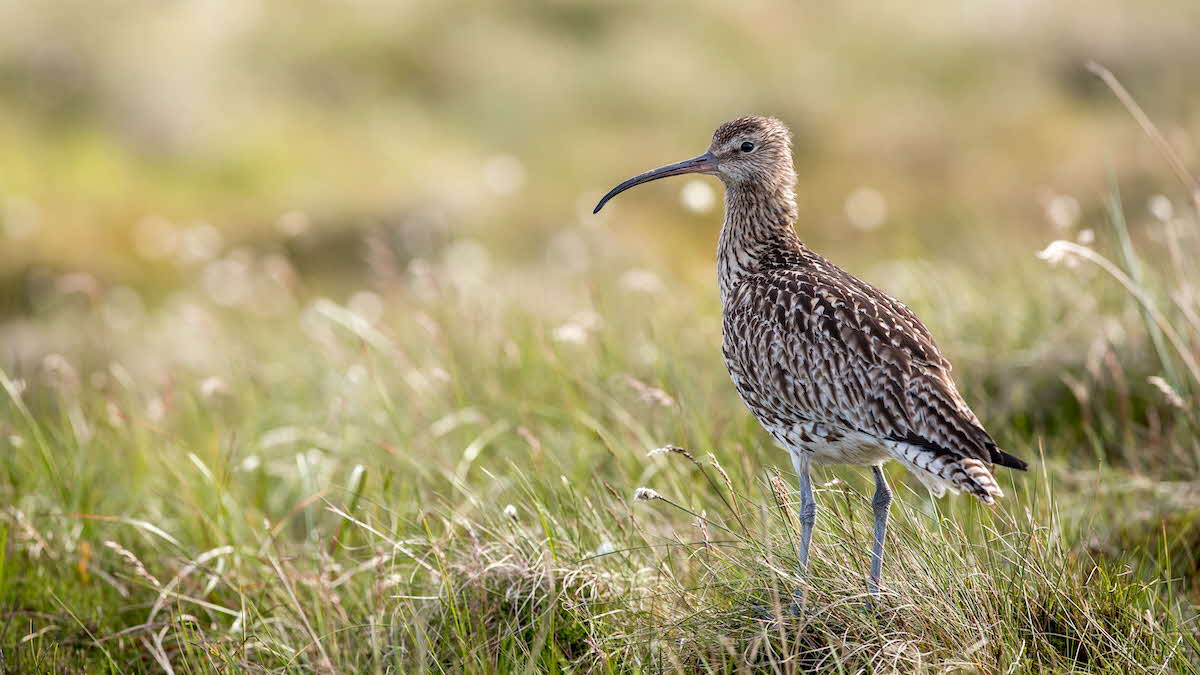 Curlews breed on the uplands near Hawes Club Campsite and often fill the air with their wonderful calls
Curlews breed on the uplands near Hawes Club Campsite and often fill the air with their wonderful callsAnother beautiful location, but this one is completely land-locked. Situated on the River Ure in Wensleydale, this site has great walking access to river and fells, which are at their best for birdwatching in spring and summer.
Dippers and grey wagtails are regularly sighted on the river, and I have also seen common sandpipers, goosanders, kingfishers and sand martins, all of which breed in this area.
For me there are few more wonderful experiences than walking on the Dales in the breeding season. On a warm, calm summer’s day on the high-tops it is possible to listen to the amazing calls of waders such as curlews, golden plovers and snipes. Curlews can be recognised by their long down-curving bills; snipes have long, straight bills; and golden plovers have a glitzy, gold-spangled plumage. Listen out, too, for the weird-and-wonderful signature cry of the lapwing – or peewit as it is known – which nests on farm and moorland in the area. On high ground you should also look out for red grouse, ring ouzels and wheatears; closer to the site try to spot barn owls; and in the village take some time to watch the amazing screeching swifts.
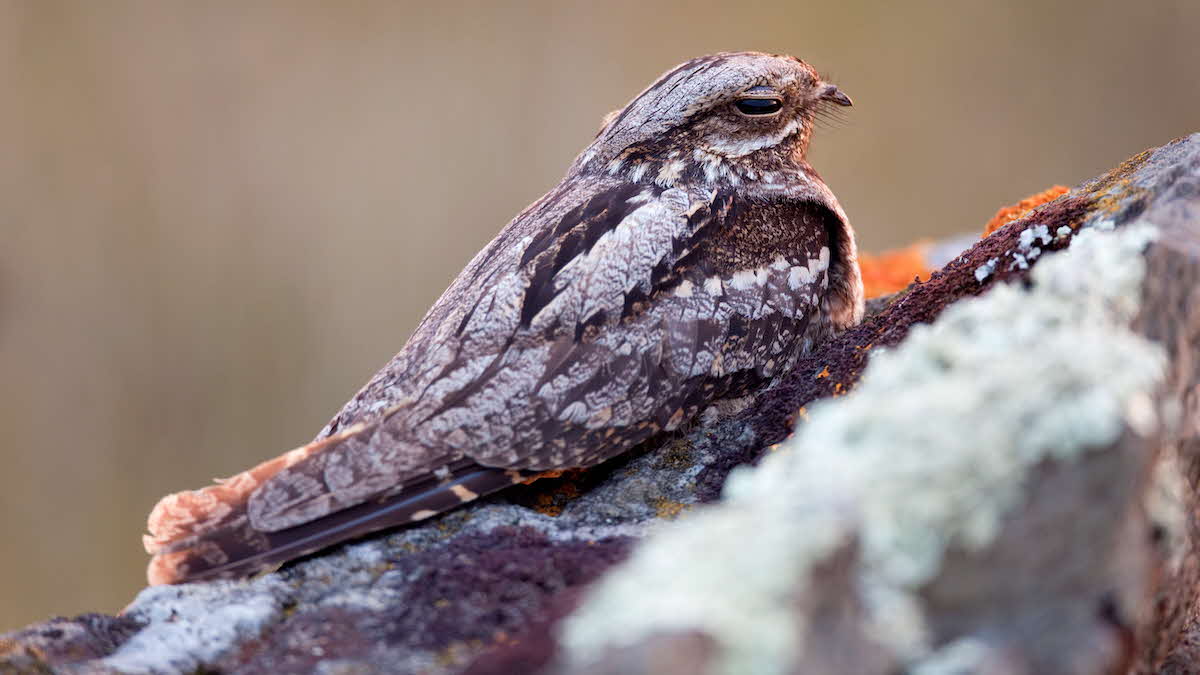 Dersingham Bog is a nesting area for nightjars
Dersingham Bog is a nesting area for nightjarsSet within beautiful mixed woodland, a good variety of common birds including nuthatches, jays, treecreepers, marsh tits and lesser redpolls can be seen from this site. A longer walk, or short drive, is Dersingham Bog, where it is possible to see breeding nightjars, grasshopper warblers, woodlarks and woodcocks. One of the beauties
of this site is its proximity to two great RSPB reserves. Titchwell is one of my absolute favourites, boasting a mix of habitats including woodland, reedbed, freshmarsh, saltmarsh and beach. This reserve has breeding marsh harriers, bitterns, bearded tits and avocets. In autumn and spring it can attract rare birds, while in winter there are roosts of both marsh and hen harriers as well as a large number of wildfowl and waders.
Snettisham RSPB reserve is even closer. The best time to visit is September to January when thousands of wading birds including knots, bar-tailed godwits, redshanks, oystercatchers and dunlins fly in large flocks between the mudflats of The Wash and the high tide roost in the reserve. Check rspb.org.uk for the best days and times.
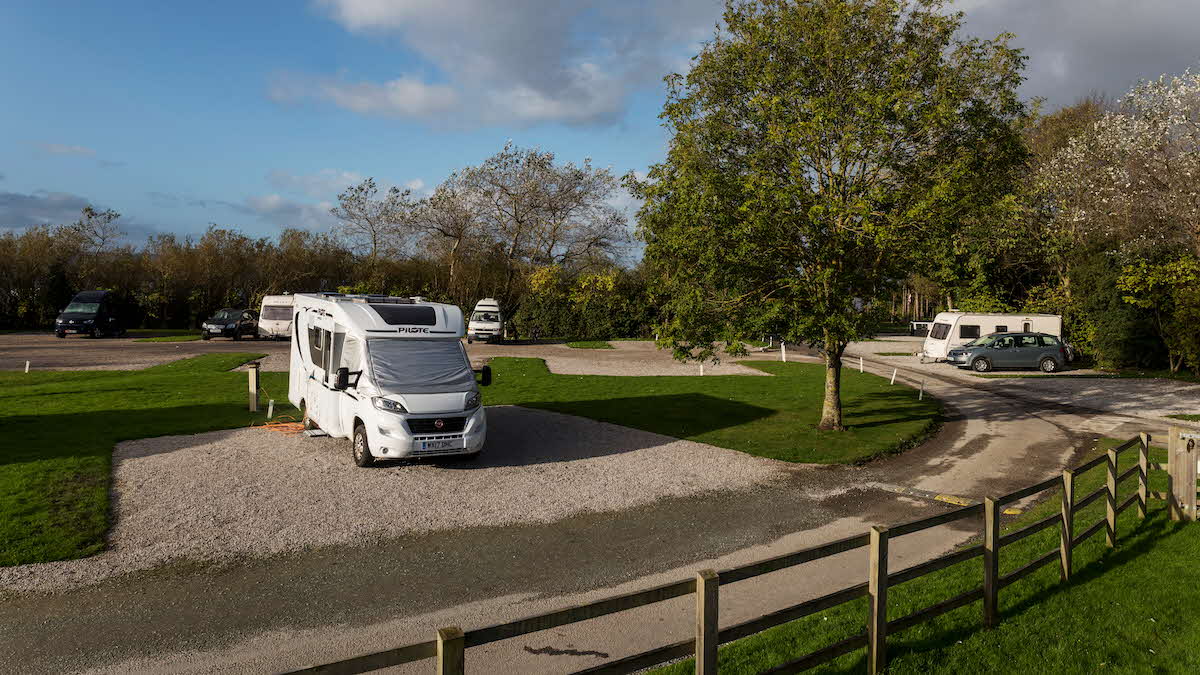 Wirral Country Park Club campsite
Wirral Country Park Club campsiteI stayed on this site in autumn a couple of years ago and was delighted to be able to observe flocks of waders so nearby. It sits right on the edge of the Dee Estuary where oystercatchers, knots and various other waders can be seen.
There is a slightly longer walk from the site to West Kirby and across the flats to Hilbre Island, a magical place where migrant birds can often be seen in the autumn. Care is needed with timings as the island is cut off at high tide. Details can be found online and on the shore at West Kirby.
Heading the other way from the site by car or along the cycle route, the RSPB reserve at Burton Mere is very welcoming, with a visitor centre and hides. In autumn and winter flocks of black-tailed godwits can be seen, along with ruffs, lapwings, golden plovers and a variety of wildfowl. Three types of egret may be spotted here: little, cattle and great white. Other birds include marsh harrier and kingfisher to name but two.
Every month I will show you a photo of something from the natural world. It might be a close-up, or a subject that is difficult to identify. All you have to do is figure out what it is! Here’s the first one – no clues or prizes, it’s just for fun. (I will give you the answer next month, but if you can’t wait, log in to the app!)
